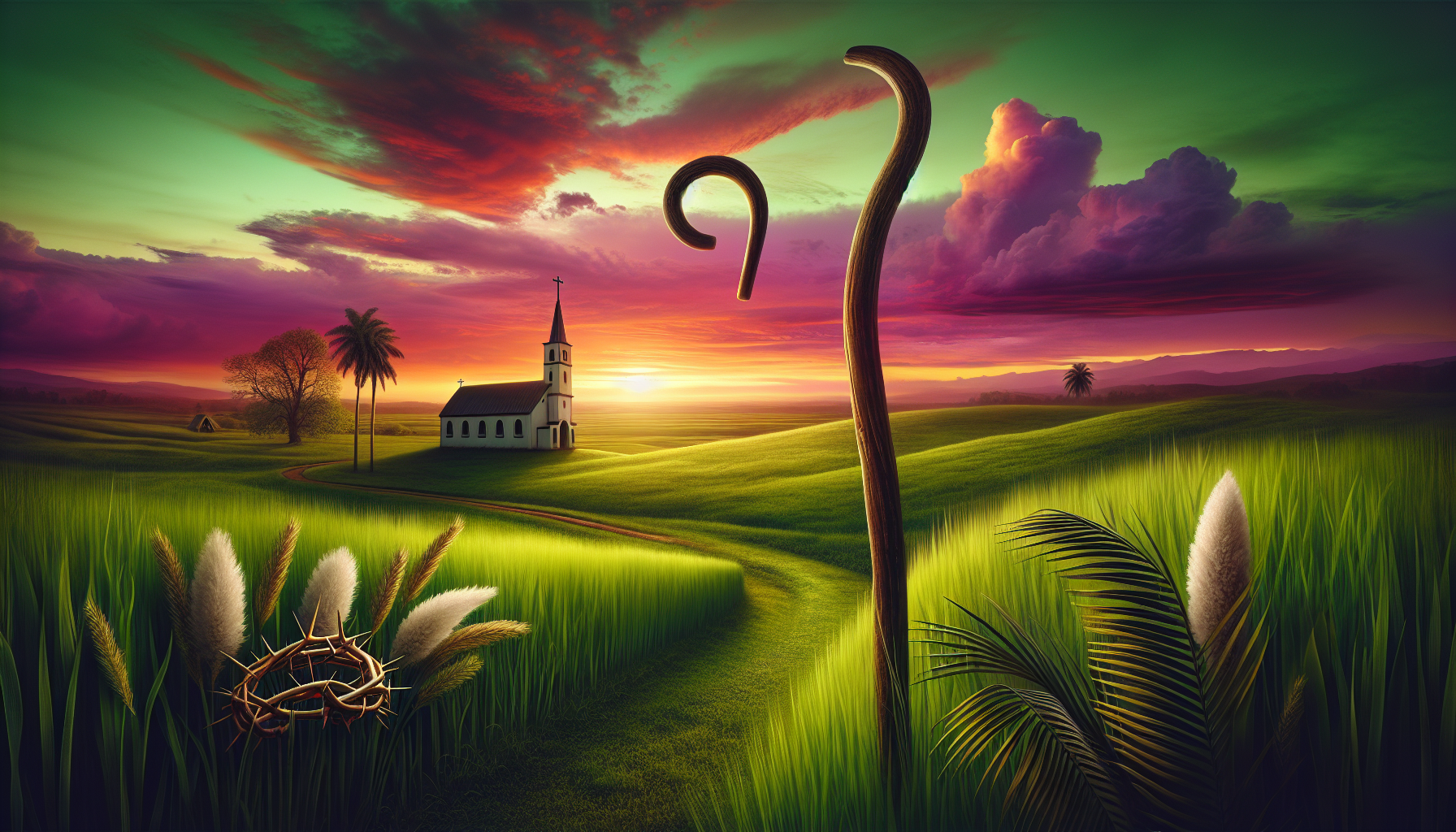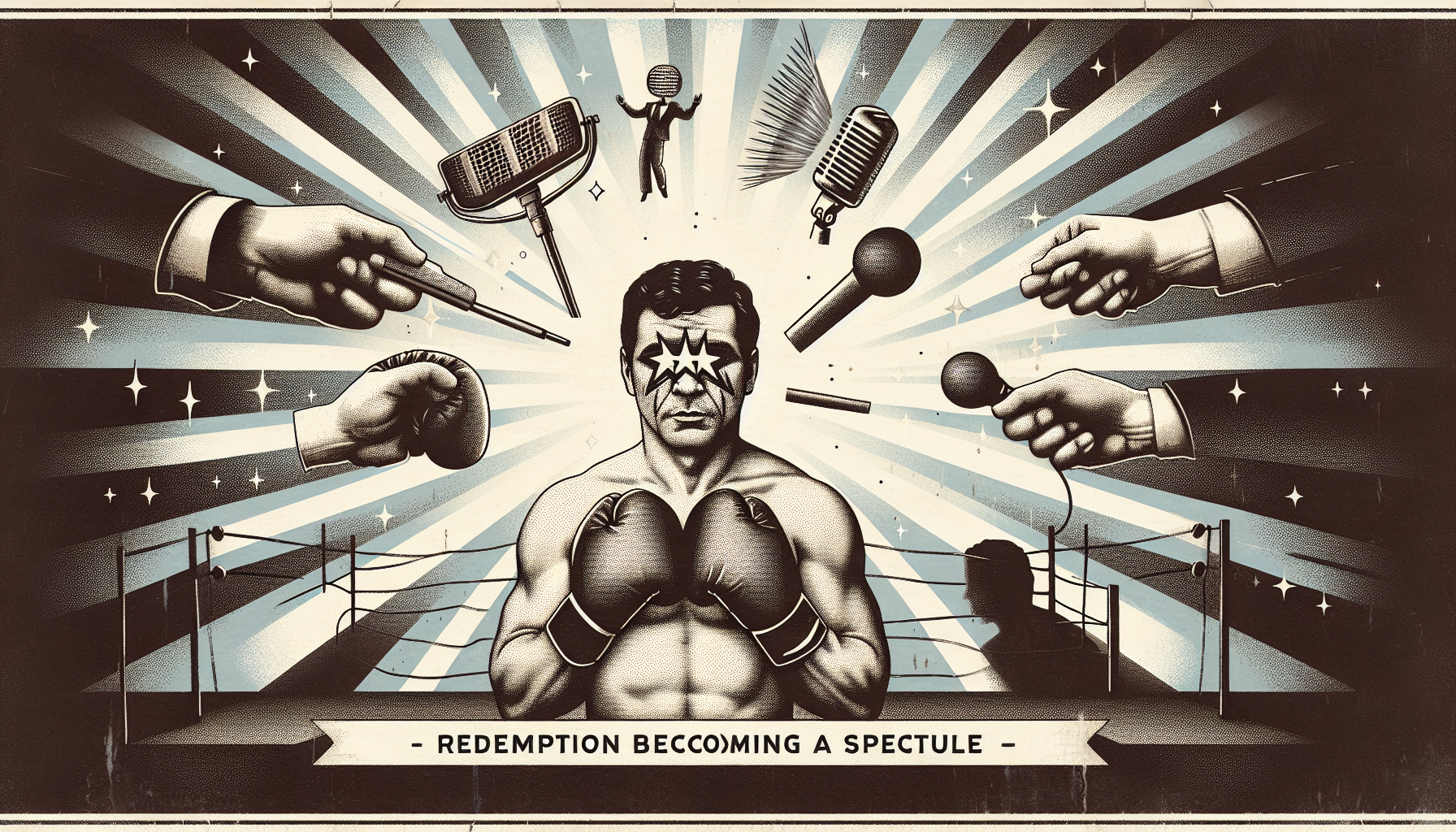🕊️ Between Faith and Frailty: Pope Francis and the Weight of a Holy Week in Recovery
Dear readers,
What happens when the spiritual heartbeat of 1.3 billion Catholics falters—when the voice that once roared with compassion, humility, and justice fades into a whisper?
This Holy Week, we’re not just bearing witness to the rituals of faith, but to a quieter, more fragile story unfolding behind Vatican walls. Pope Francis, the aging shepherd of the Catholic Church, is taking a back seat. And in many ways, the Church he leads is watching, perhaps anxiously, what this symbolic absence could mean.
Let us gather not just at the foot of the Cross this Easter season, but at the bedside of an institution reckoning with time, tradition, and the mortality of its leader.
⛪ When the Shepherd Steps Aside
Palm Sunday, which marks the beginning of Holy Week, is usually when St. Peter’s Square swells with hymns, incense, and the unmistakable voice of Peter’s successor, guiding millions in solemn procession.
But this year, that voice was fainter—almost absent.
Pope Francis, now 88 and recently battling life-threatening double pneumonia, made only a surprise appearance after the Mass. Once known for his tireless energy, washing the feet of prisoners and braving the cold for midnight liturgies, the pontiff instead watched from the metaphorical balcony, while hand-picked cardinals led the faithful.
This is more than a scheduling change. It’s a seismic shift in the way the papacy is being exercised: distributed, quieter, more vulnerable.
📜 Writing the Words He Cannot Speak
In a symbolic yet deeply human gesture, Pope Francis personally composed the meditations for this year’s Via Crucis—the solemn Way of the Cross procession held at Rome's Colosseum. But he will not be there to read them.
Let that sink in.
The spiritual leader of the oldest continuous institution in the Western world—one that prides itself on tradition and presence—now speaks through others, his words carried on unfamiliar voices, his blessing perhaps delivered alongside borrowed breath.
It evokes another moment in Church history. In 2005, Pope John Paul II appeared at his window on Easter, unable to speak, frail from Parkinson’s. The image stirred global sorrow—and marked the beginning of the end.
Is history rhyming once more?
🩺 From Conclave Kingmaker to Clinical Recovery
Since being admitted to Rome’s Gemelli Hospital in February with bronchitis that escalated into double pneumonia, Francis’s appearance in public has been limited and tightly choreographed.
His recovery was described in incremental terms: reduced dependence on supplemental oxygen, gradual return to speech therapy, and daily respiratory treatment. His first official audience since his hospitalization—a thank-you meeting with the very medical team that nursed him through it all—was emotional, restrained, yet profoundly intimate.
“When women command, things go well,” he remarked during the audience, praising Elena Beccalli, rector of the Catholic University of the Sacred Heart, in what became his longest public statement since falling ill. A signature Francis moment: subversive, unexpected, and tender.
✨ The Silence Speaks
And isn’t this a kind of holy paradox? A pope who once redefined power through humility now defines presence through absence.
Holy Thursday’s Chrism Mass was led by Cardinal Calcagno. Good Friday, perhaps the most dramatic day in Christian liturgy, was helmed by Cardinal Gugerotti. On Easter Sunday, instead of the pontiff’s signature “Urbi et Orbi” — the address “to the city and the world” — we may see a compromised format: someone else reading the speech, perhaps Francis still giving the blessing, perhaps not.
And at the center of it all, a haunting question: Can a global spiritual body still function when its mouthpiece becomes an echo?
📖 Lessons from a Worn Soul
Francis’s struggle, while deeply personal, is also profoundly symbolic. It reflects a Church that is, in many ways, like its pope: aging, burdened by the weight of the past, desperate to breathe amidst crises—moral, political, and institutional.
This is the same pope who tried to reform the Vatican Bank, who clashed with conservative bishops over LGBTQ rights, who urged urgent action on climate change long before it became papal talking points. The same man who, in a synod, told those around him: "The Church is not a museum of saints but a hospital for sinners."
Now, he is a patient in both metaphor and fact.
🕯️ A Church Adrift—or Awakening?
Does this herald the beginning of a post-Francis era? Not quite. But it does invite the faithful—and even the skeptics—to confront a truth many institutions avoid at their peril: the necessity of transition.
And perhaps that's the deeper resonance of this Holy Week. A shift from the magisterium of dominance to one of shared responsibility. A recognition that leadership, like faith, sometimes means letting go.
In a world obsessed with pageantry, Pope Francis is reminding us, painfully and beautifully, that even sacred empires must acknowledge the slow, sacred dignity of decline.
🌺 Until We Meet Again…
As the world watches Rome this weekend, some may see just another Easter Mass sans the usual figure in white. But for those looking deeper, this is a living meditation on time, resilience, and the invisible hands that guide even when the voice goes silent.
In ages past, kings fell on battlefields. In 2025, a pope leans delicately into convalescence—his struggle a liturgy all its own.
Yours in contemplation,
A Watcher of Crossroads and Candles 🕯️✝️

